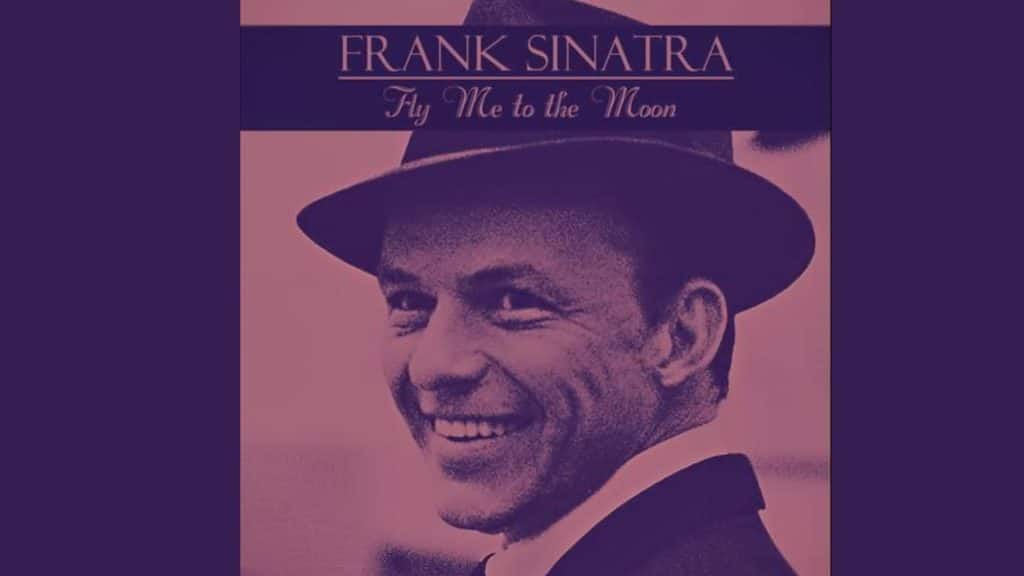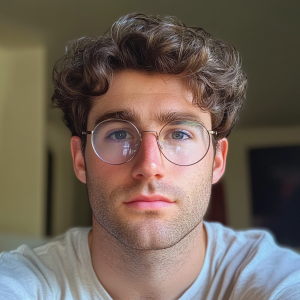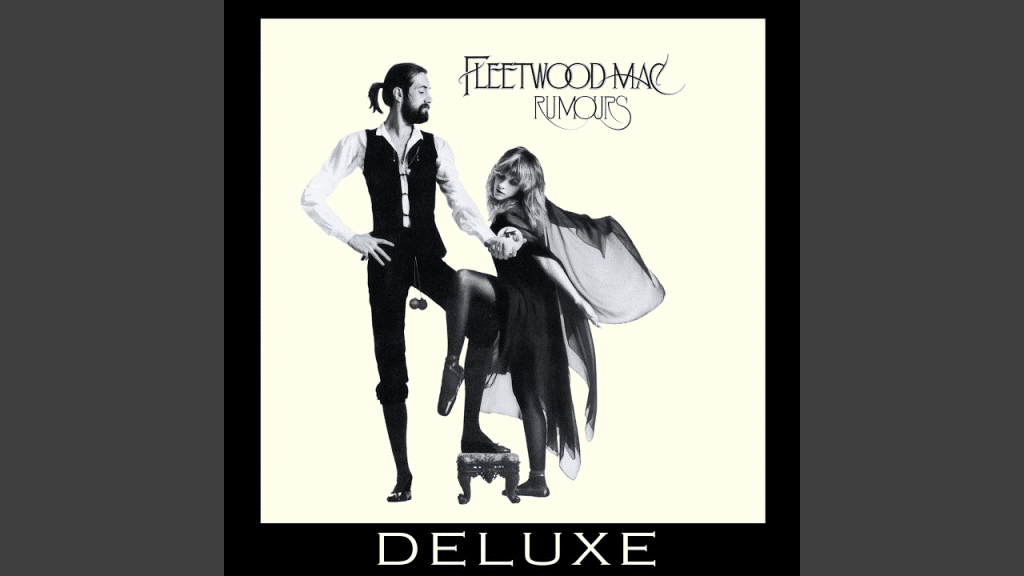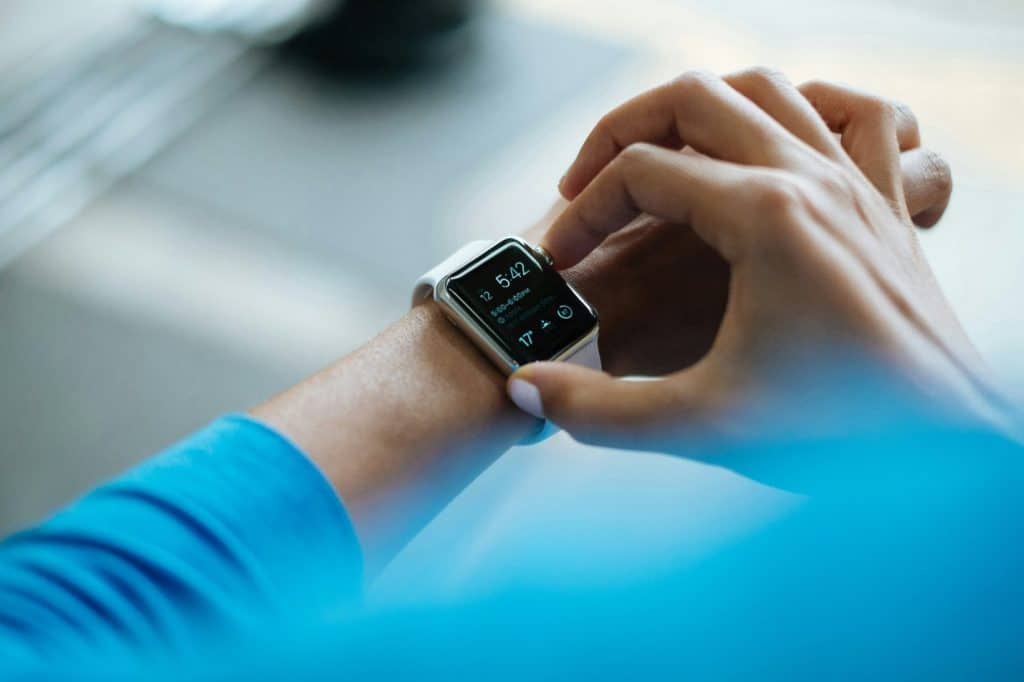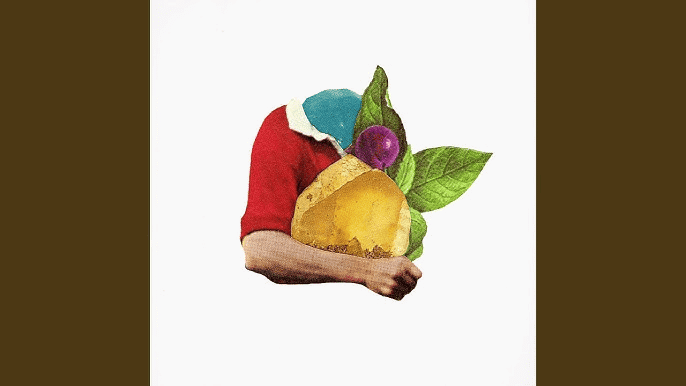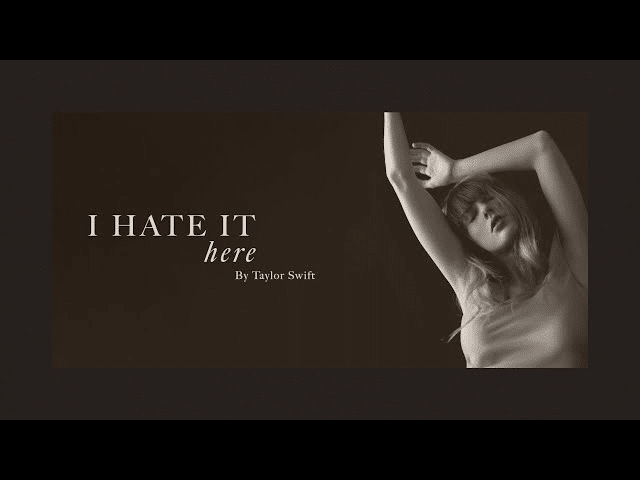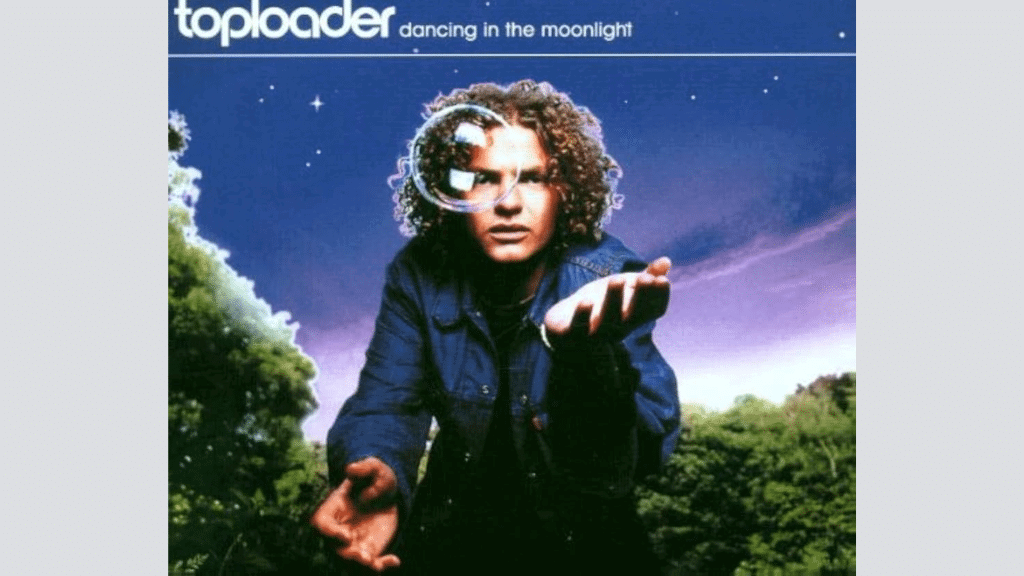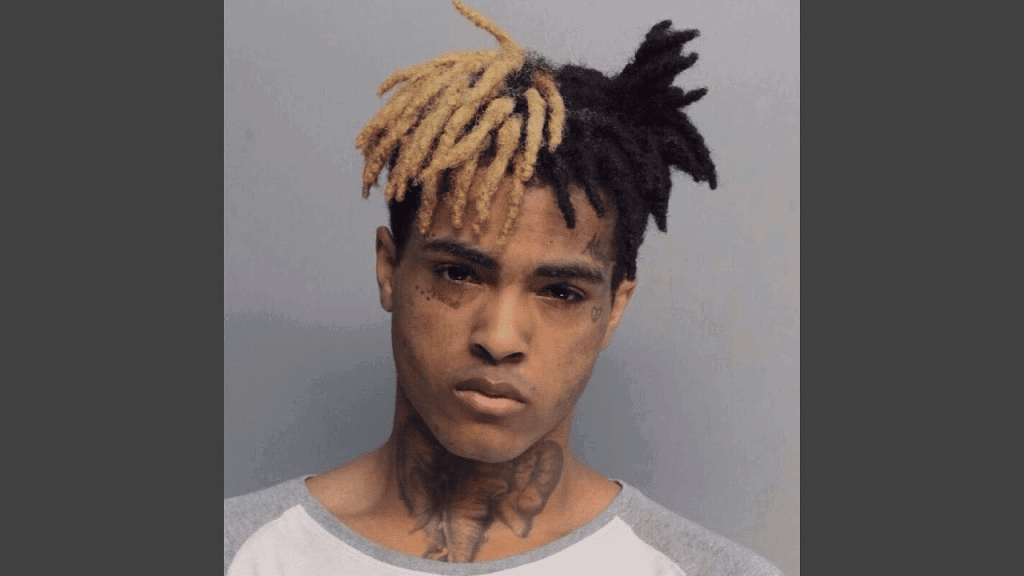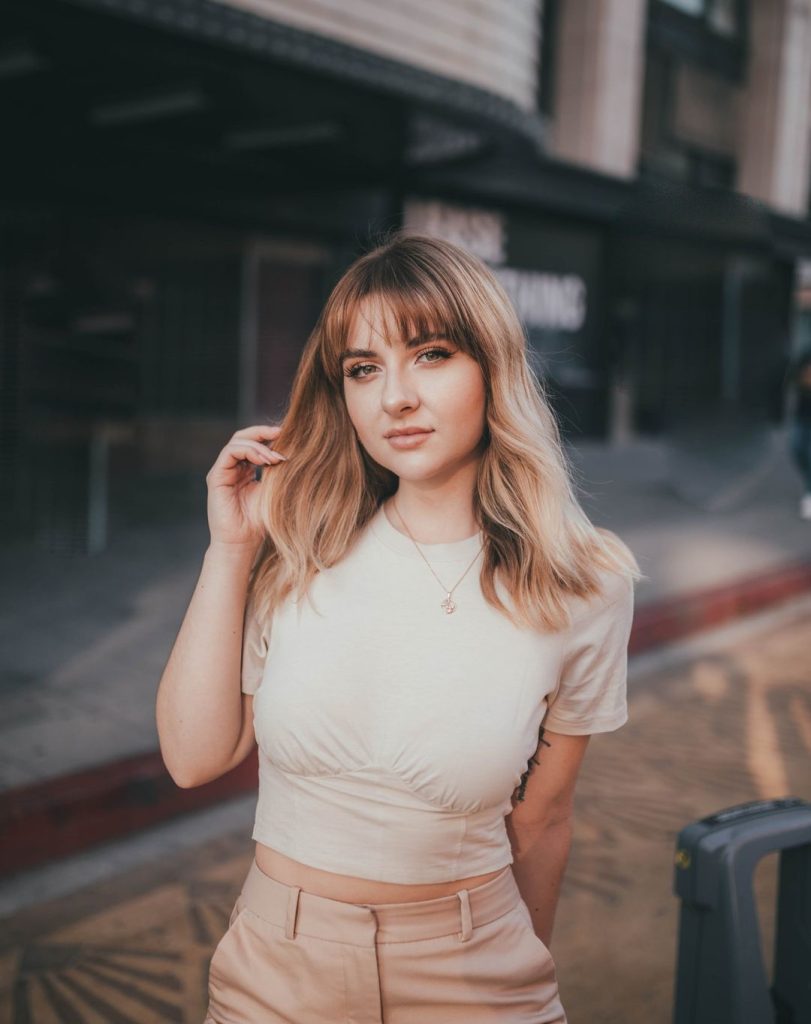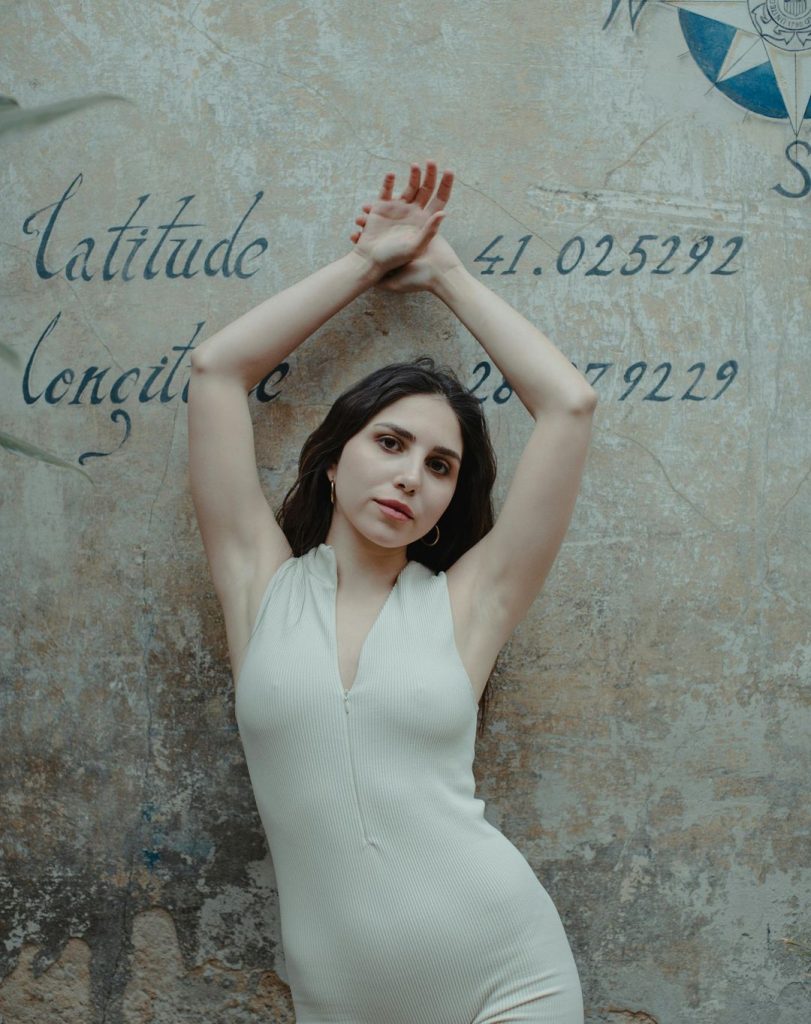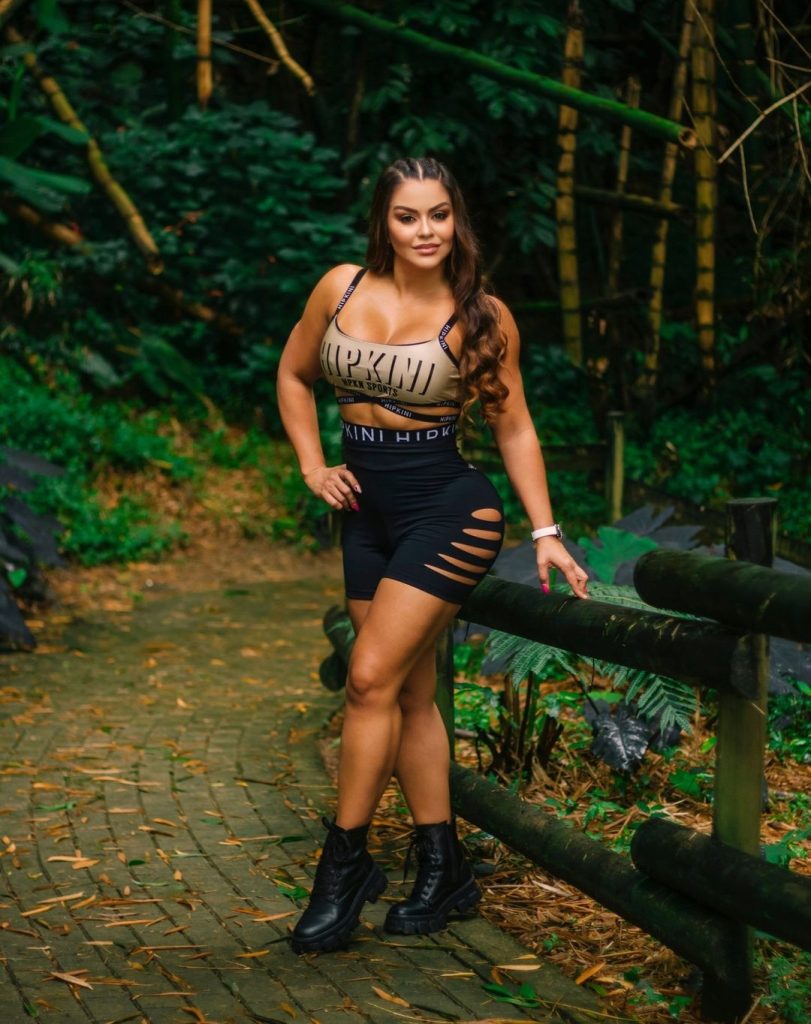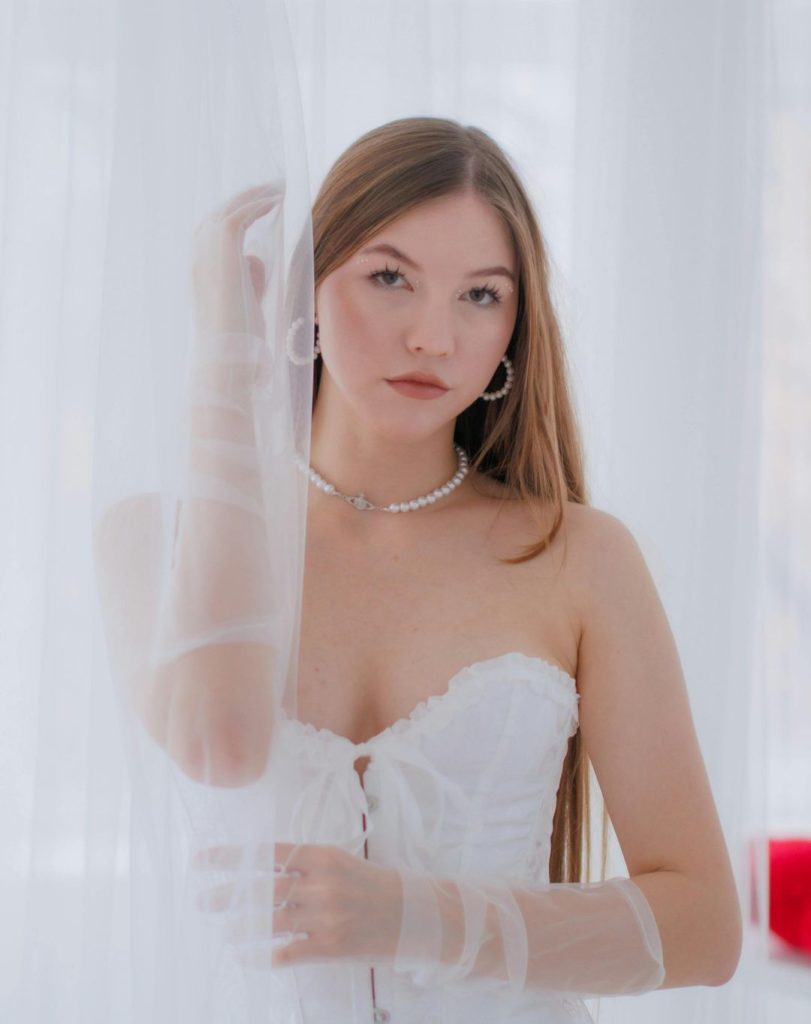Frank Sinatra (1915-1998) was a legendary American singer, actor, and cultural icon whose unique phrasing, powerful vocals, and masterful interpretation of lyrics revolutionized popular music in the 20th century.
Known as “Ol’ Blue Eyes” and “The Chairman of the Board,” he rose from his Italian-American roots in Hoboken, New Jersey, to become one of the best-selling music artists ever.
About the Song
“Fly Me to the Moon” is a timeless jazz standard that achieved iconic status through Frank Sinatra’s collaboration with Count Basie and his orchestra.
The song, with its swinging arrangement and romantic theme, speaks of love’s euphoric feeling through celestial metaphors.
It features Sinatra’s signature smooth vocals backed by Basie’s sophisticated big-band orchestration, becoming one of the most celebrated versions of this classic tune.
| Aspect | Details |
|---|---|
| Title | Fly Me to the Moon |
| Artists | Frank Sinatra with Count Basie and His Orchestra |
| Release Date | 1964 |
| Album | It Might as Well Be Swing |
| Writer | Bart Howard (1954) |
| Arrangers | Quincy Jones |
| Producer | Sonny Burke |
| Notable Performance Features | Big band arrangement, swing tempo, orchestral backing |
This particular version became especially notable when NASA used it during the Apollo missions, making it the first music heard on the Moon during Apollo 10 and later during Apollo 11’s historic moon landing.
Fly Me to the Moon by Count Basie and Frank Sinatra Lyrics
Verse
Fly me to the moon
Let me play among the stars
And let me see what spring is like
On a-Jupiter and Mars
In other words, hold my hand
In other words, baby, kiss me
Chorus
Fill my heart with song
And let me sing forevermore
You are all I long for
All I worship and adore
In other words, please be true
In other words, I love you
Instrumental Bridge
Chorus
Fill my heart with song
Let me sing forevermore
You are all I long for
All I worship and adore
In other words, please be true
In other words, in other words
I love you
Live Performance of the Song
- This live performance captures a particularly energetic rendition of the classic song, recorded during Sinatra’s concert at the historic Kiel Opera House (now known as the Stifel Theatre) in St. Louis, Missouri, in 1965.
- The performance features Sinatra at the height of his live performance powers, demonstrating his masterful control of timing and phrasing that made him legendary. His vocal delivery shows remarkable consistency with the studio version while adding spontaneous flourishes that make this version unique.
- Count Basie’s orchestra provides dynamic live accompaniment, with the brass section particularly vibrant in the live setting. The acoustic properties of the Kiel Opera House add a natural warmth to the recording that differs from the studio version.
- This version includes some subtle improvisational elements not present in the studio recording, including Sinatra’s slight variations in melody and timing, showcasing his ability to keep the song fresh while maintaining its core appeal.
- The live audience’s energy is palpable in the recording, with their reactions adding to the performance’s atmosphere. You can hear their enthusiastic response at key moments, particularly during the song’s powerful finale.
- This performance was part of a larger concert that demonstrated the perfect synergy between Sinatra and Basie’s orchestra in a live setting, highlighting why their collaboration was considered one of the most successful in jazz history.
Similar Songs Like Fly Me to the Moon by Count Basie and Frank Sinatra
Here are some similar Sinatra-Basie collaborations that share musical elements and emotional resonance with “Fly Me to the Moon”:
- I’ve Got You Under My Skin – A swinging, optimistic love song featuring the same big band energy and romantic declarations. The arrangement showcases the seamless interplay between Sinatra’s vocals and Basie’s orchestra, with particularly notable brass sections that mirror the uplifting feel of “Fly Me to the Moon.”
- The Best is Yet to Come – Shares the same confident, forward-looking optimism and romantic theme. The song features similar swinging rhythms and sophisticated orchestration, with Sinatra’s vocals riding atop Basie’s dynamic band arrangements.
- The Way You Look Tonight – Though slightly more tender in its delivery, this collaboration maintains the romantic theme with elegant orchestration. The arrangement features the same sophisticated interplay between voice and orchestra that characterizes “Fly Me to the Moon.”
- Nice ‘n’ Easy – While more laid-back in tempo, this song shares the romantic sentiment and sophisticated jazz arrangement style. The interplay between Sinatra’s phrasing and Basie’s orchestra creates a similar magical atmosphere.
- Summer Wind – Features comparable orchestral swells and romantic storytelling, though with a more nostalgic tone. The arrangement showcases similar big band elements and emotional warmth in its delivery.
- Something’s Gotta Give – Captures the same upbeat, swinging energy and optimistic mood. The song features similar dynamic contrasts between the full orchestra and quieter moments, with Sinatra’s vocals weaving through Basie’s punchy brass sections.
Frequently Asked Questions
What is the Musical Style of These Songs?
These songs primarily follow a big band jazz style with swing arrangements, characterized by Count Basie’s orchestra providing rich brass sections, dynamic rhythms, and sophisticated orchestration supporting Sinatra’s vocals.
When Were These Collaborations Recorded?
Most of these collaborations were recorded in the early to mid-1960s, with many appearing on the albums “Sinatra-Basie” (1962) and “It Might as Well Be Swing” (1964).
How Did Sinatra and Basie’s Partnership Begin?
The collaboration began in 1962 when Sinatra invited Basie and his orchestra to record together. Their musical chemistry was immediate, leading to multiple successful albums and performances throughout the 1960s.
Which Arrangers Worked on These Songs?
Quincy Jones and Neal Hefti were the primary arrangers for these collaborations, bringing their unique talents to crafting the orchestrations that blend Basie’s big band sound with Sinatra’s vocal style.
Where Were Most of These Songs Recorded?
Most recordings took place at Reprise Records’ studios in Los Angeles, with some sessions at United Recording Studios, known for its excellent acoustics for big band recordings.

